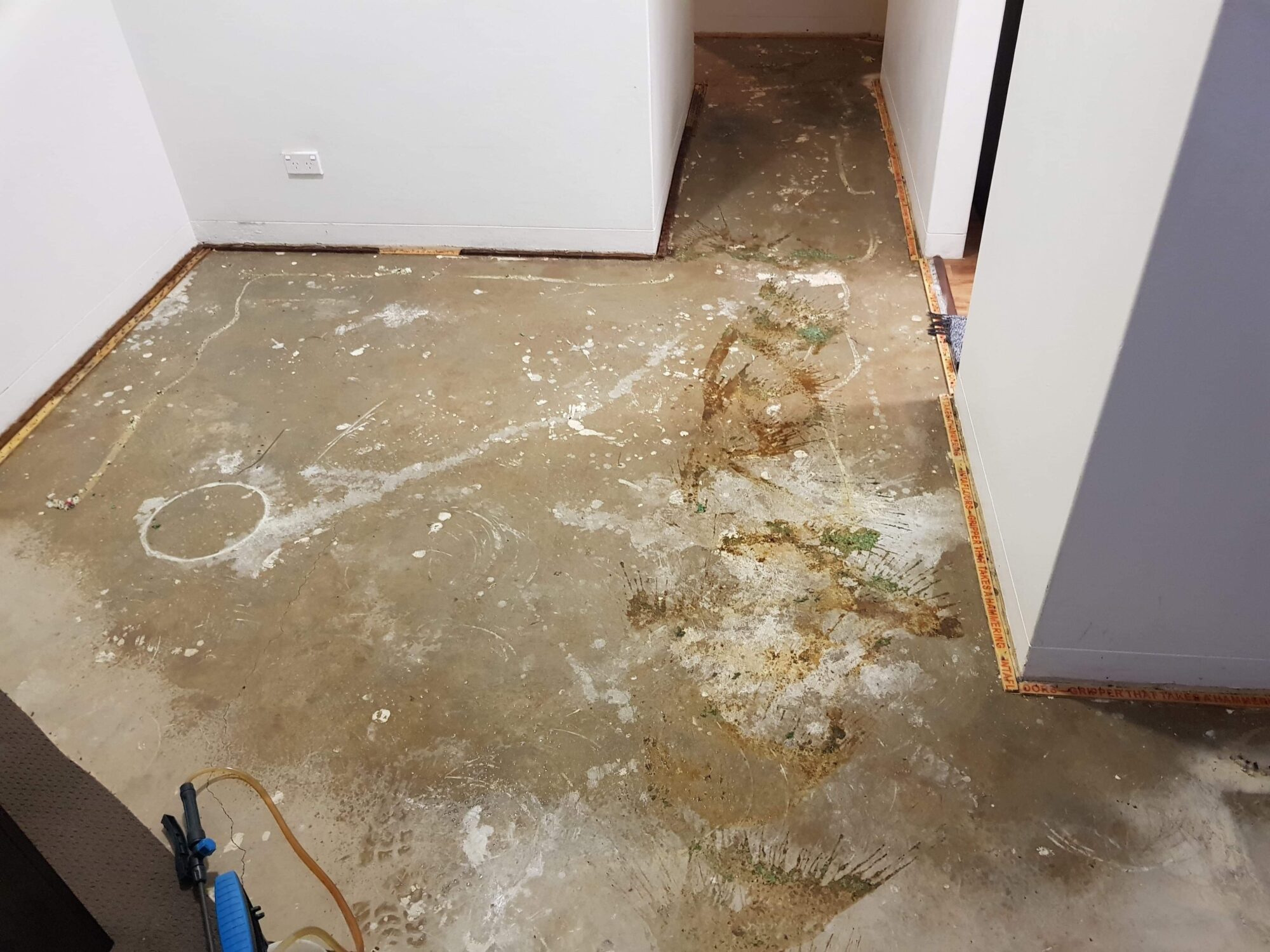

Structural drying. What exactly does this mean?
Any building, wether it be made of timber, concrete or any other materials, all come together to form the structure, identified as floors, walls and ceiling. Floors often have further coverings such as carpets, floating floors, lino etc. Walls and ceilings usually will have coverings such as paint or wallpaper, often times with insulation.
Whilst the most obvious sign of flooding is a wet floor covering such as carpet for instance, it is also important to ensure that the structure of the building is also dry, which is not always obvious to the naked eye. If the structural drying is not adequately completed, the results will often turn into mould and rot, as well as a future health hazard, along with some very expensive repairs.
This why flood restoration involves a lot more than simply opening a window and running a fan until the top layer is visibly dry. Most building materials and structures are porous, meaning that they will absorb moisture, so it is vital to ensure that these materials reach a satisfactory moisture reading before completion of any flood restoration.
Fortunately, FloodMaster has the experience and moisture detection equipment to ensure that structural drying has been achieved to a safe standard.

